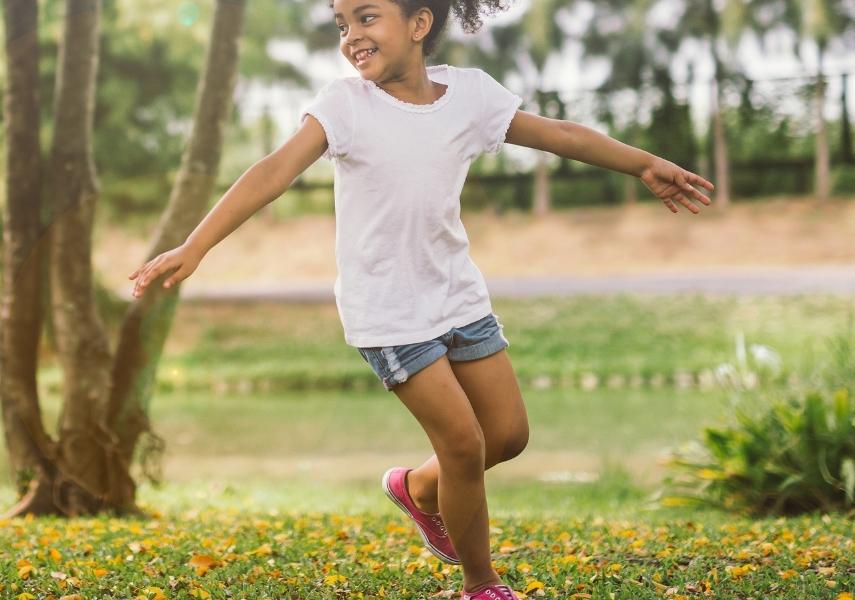Child Safety Tips for the Home

Whilst not trying to raise alarm, a recent study outlined that household injuries are one of the top reasons children under 3 visit the hospital each year so it is a good idea to be prepared for the worst. Here are some child safety tips and checklists for the home.
Kitchen
-
Kids are naturally curious so ensure knives, forks, scissors and other sharp kitchen items are in a drawer that cannot be accessed or it locked with a childproof latch.
-
Do kitchen appliances such as your dishwasher and fridge have a lock or a latch on? Should a child open these and pull items out they may have access to glass and sharp items that could harm them.
-
It is also a good idea to ensure that kitchen appliances are unplugged when not in use and that the cords are out of reach.
-
If vitamins and medication is kept in the kitchen, check that these are not within easy reach and that they are tightly closed.
-
Should you keep cleaning supplies and detergents under the sink in your kitchen, check that these are tightly closed and consider adding a lock to that door so that your child cannot access these.
Walls and Floors
-
When painting your walls, ensure that the paint is lead-free. If you live in an older home that may have lead paint on the walls, check for peeling or cracking paint so that there isn’t a chance that your child picks it and eats it.
-
Be on the lookout for old nails in the floor or wall that aren’t being used and should be removed.
-
Add non-slip mats to carpets and runners to prevent your child (and you for that matter) from slipping.
Doors and Windows
-
Slamming doors can really cause damage to a person’s hand so install foam stoppers on doors. If you cannot find them in a store, cut up pool noodles and attach them to doors using double-sided tape. For added peace of mind, install a doorstop under the door too.
-
If you have sliding doors in your home, make sure there are locks on these. Not only do you want to avoid your child being hurt by the door, but you also want to avoid your child going unsupervised into a room/outside.
-
Add stickers to glass doors so that they won’t be mistaken for open doors.
Furniture
-
We don’t often consider child safety with regards to furniture, however, small children will often use furniture to steady themselves or pull themselves up. Secure bookshelves and other furniture with wall brackets so they can’t be tipped over.
-
The sides of furniture can be particularly hazardous to children. Add protective padding on corners of coffee tables, furniture, and countertops that have sharp edges.
-
If you use a toy chest to store toys ensure that small fingers don’t get trapped by adding safety hinges.
Stairways
-
If you live in a home where there are stairs, mount safety gates at the top and the bottom of the stairs.
-
For your own safety as well as that of your child, keep the stairway clear of tripping hazards, such as loose carpeting or toys.
-
Some banisters are wide apart and many children can fit through them. If you have a particularly adventurous child, you may need to add cross beams or something similar to stop them from putting their head through.
